

Shane O'Donoghue
2025 Nissan Ariya Nismo review: Quick drive
6 Days Ago
Ahead of its listing on the NASDAQ, Aussie company Tritium has opened a testing facility in Brisbane to help it get its products to market quicker.

News Editor
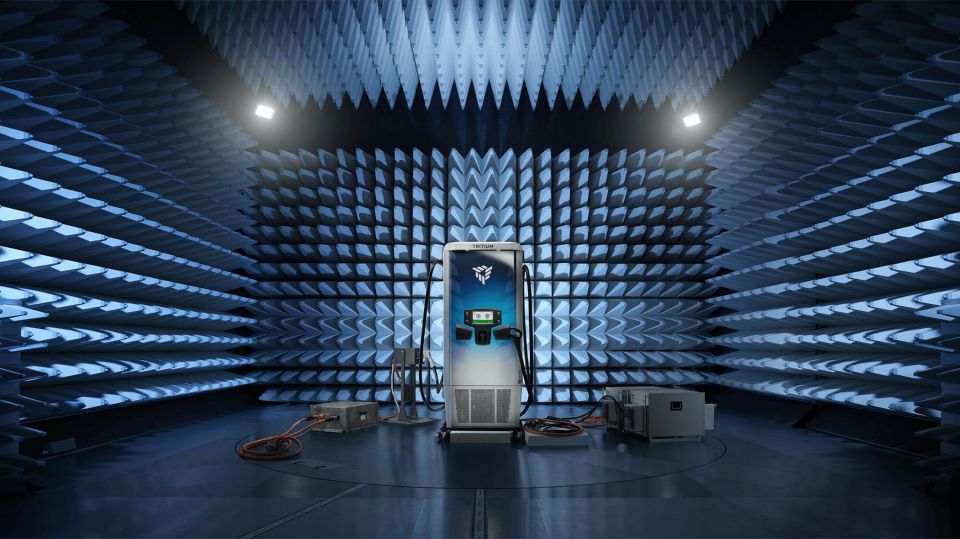

News Editor
Australian electric vehicle charger manufacturer Tritium wants to go from being number two in the US and Europe to number one – but it isn’t forgetting its Brisbane roots.
The company, which is about to be listed on the NASDAQ, had a ribbon-cutting ceremony on Monday for its new multi-million dollar electromagnetic compatibility (EMC) testing chambers in Brisbane.
The company says they’re some of the world’s largest and highest-powered. With fully integrated AC and DC power feeds, the facility can deliver up to 720kW of regenerative power.
A thermal chamber will allow engineers to test chargers in up to 98 per cent humidity and in temperatures ranging from -40°C to +70°C, while the thermal chamber for testing modules and components is capable of producing temperatures ranging from -70°C to +180°C.
“We’re about to become an Australian company listed on the NASDAQ and the first Australian company to list via a special purpose acquisition company (SPAC),” said CEO Jane Hunter.
“The lift should give Tritium enough cash on the balance sheet to not only scale up sufficiently to maintain our number two market share that we have in Europe and North America, but also to potentially take the number one position.”
The company says it is is rolling out 17 new products over the next five years, and the presence of a testing facility will make it easier to get to market in time.
Among the new products is a 25kW DC charger for the home, which is expected to be sold via resellers. Pricing has yet to be announced.
It introduced a scalable fast charger last year that can charge at up to 350kW, currently beyond the capability of most electric cars at present.
MORE: Tritium: Australian EV pioneer launches world-first scalable fast chargers
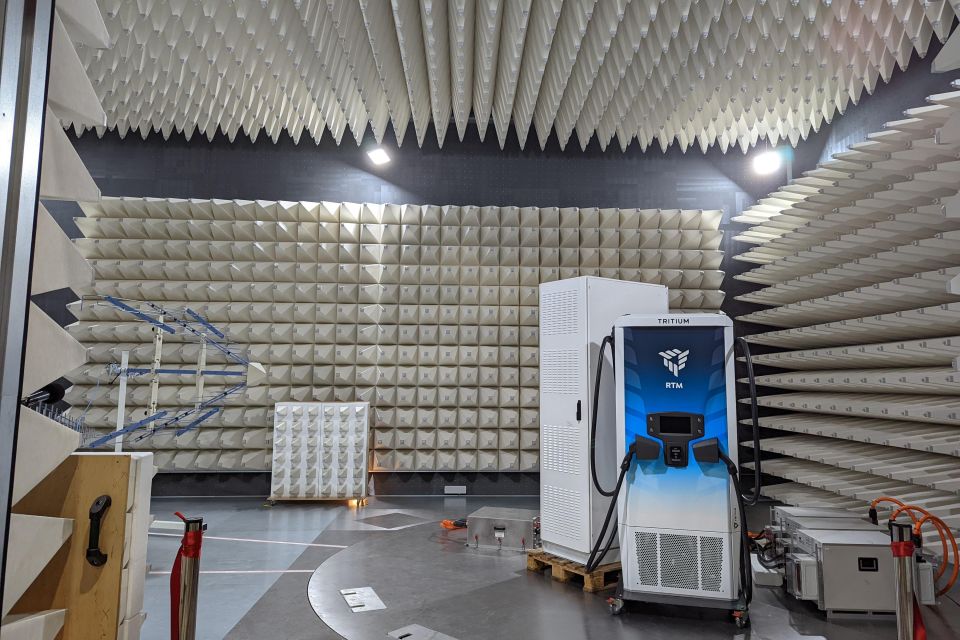

“This facility will allow us to either test out products more rapidly, bringing them to market in a much more rapid technology cycle,” said Ms Hunter.
“And in the future, we will be able to certify our products right here, taking us out of the monopoly that the German certification agencies have.”
The testing facility is located at the company’s headquarters in Murarrie, with Tritium’s manufacturing facility located just down the road in the same suburb.
There, Tritium manufactures the power units and the chargers, though it also manufactures power units in Amsterdam and has a small facility in Los Angeles.
The company’s expansion plans include a second US facility where it’ll have four production lines (up from two in LA), with a planned volume of 5000 chargers per year.
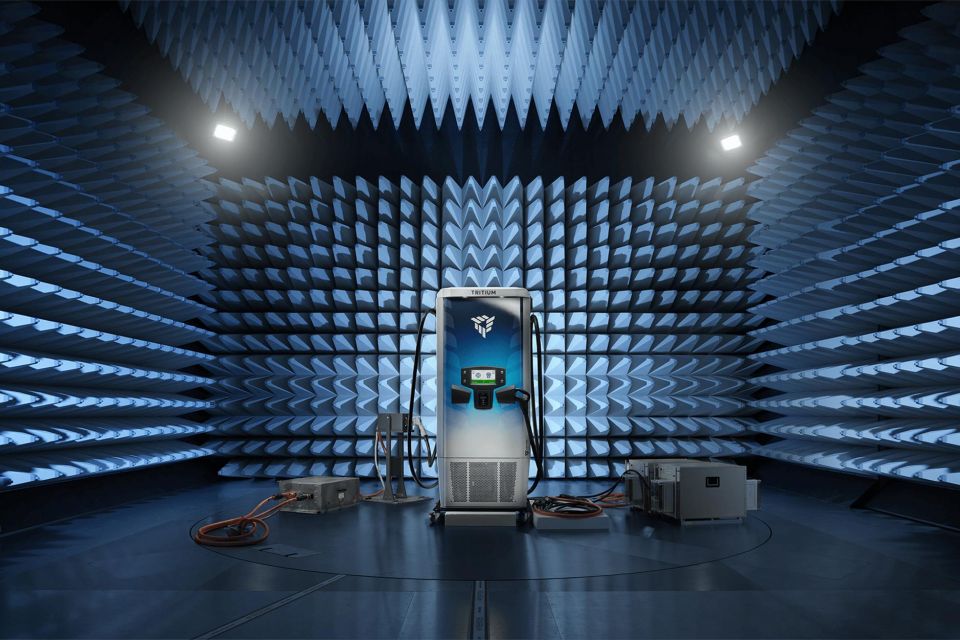
Tritium isn’t just developing chargers for cars.
It’s rolling out electric chargers at yacht clubs in glamorous locales like Monaco and Portofino where electric boats are becoming more common, while it’s planning to launch a one megawatt charger for trucks, buses and ferries.
Ms Hunter says she sees long-haul trucking going electric instead of hydrogen, though she predicts hydrogen will have a place in shipping and aviation.
“There’s lots of great research on that, that shows that… hydrogen’s got a role here and here and here. But once you get down to passenger, you’re starting to get into the ‘not so much’,” she said.
“Even long-haul trucking, the jury’s out as to how that will occur. So our 350s are already getting trucks pulling up to them in Europe to suck down power.”
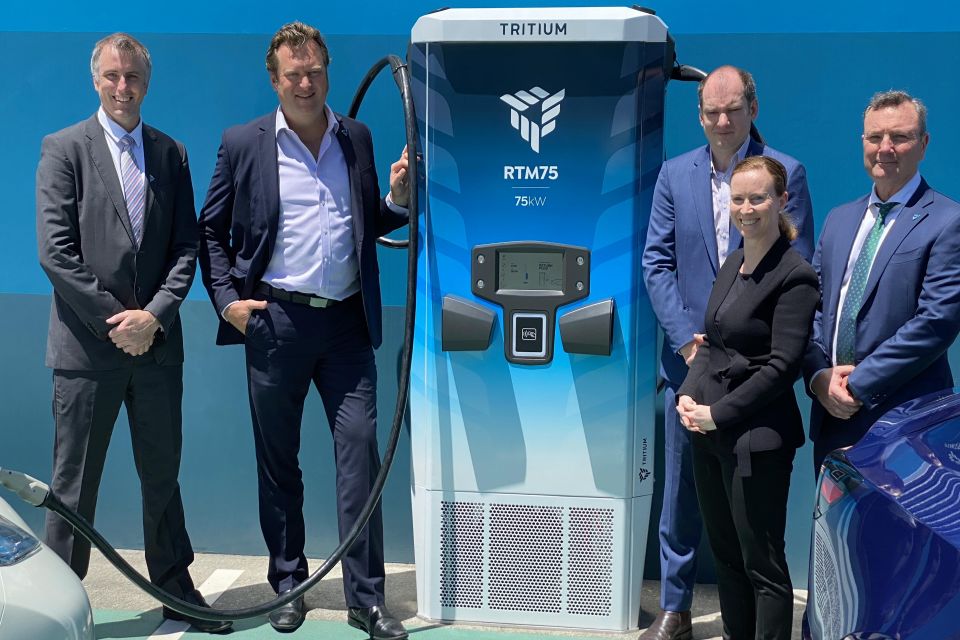
Ms Hunter said it’s no secret Tritium is headquartered in Brisbane, saying Tritium is “in the right city at the right time with the right skills”
She cited Brisbane having one of the top 100 science and technology clusters in the world in the 2021 Global Innovation Index, with a rich crop of local engineering talent.
Tritium hasn’t said exactly how much the new site costs, other than that it’s a multi-million dollar facility.
Ms Hunter said it was a challenge building it during a pandemic, with equipment and workers flown in from Germany, and thanked the state government for its support during the construction process.
“The growing global demand for renewable energy – and all the machinery that uses it – will mean more jobs in more industries here in Queensland, because we’re setting ourselves up to be the home to facilities just like this,” said Deputy Premier Steven Miles, who attended the ribbon-cutting ceremony.
The Palaszczuk state government has committed to another 18 charging stations across inland regional Queensland as part of what it calls Phase 3 of the Super Highway, which will employ Tritium’s 75kW chargers.
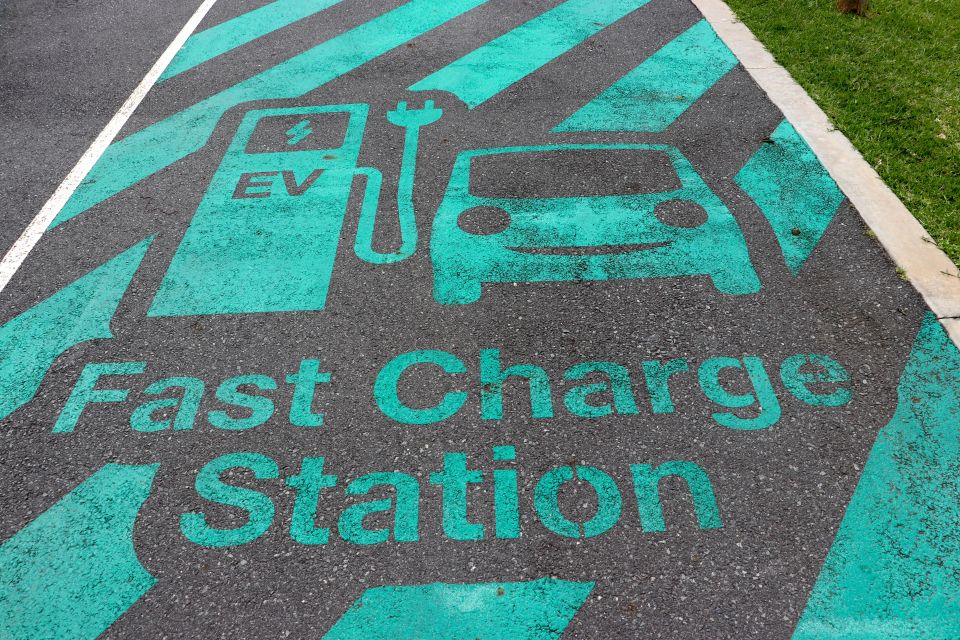
It’ll extend to Mount Isa in the west to Goondiwindi on the border with New South Wales, and is expected to completed by the end of 2022.
On a national level, Ms Hunter praised the Federal Government’s Future Fuels Fund for its focus on installing EV chargers in black spots
She said Tritium doesn’t majorly advocate for subsidies, something the Federal Government’s recent $250 million Future Fuels and Vehicles Strategy was criticised by many for not offering.
While she said subsidies can spur a rapid uptake, she added EVs will survive on their own. But the government can help speed Australia’s electrification along by educating the public.
MORE: Government to fund electric car infrastructure, won’t offer subsidies

“We do need to have a cohesive policy because the states are going off and doing their own things,” she said.
“And of course, we’ve seen some great policies from, say New South Wales, great stuff happening in Queensland, I think we’ve seen some quite positive South Australian moves, but it’s piecemeal.
“The main thing I would advocate for the Federal Government is just don’t confuse the public with competing technologies, because there is still this ‘We’re going to let you make your own choice, whether you choose hybrid, whether you choose hydrogen, whether you choose electric’.
“Well, they probably just should be saying ‘it is going to be electric. We don’t mind when you come along on that journey, you will make your own decision about when it’s time to make that transition, but that is what you’re transitioning to because the OEMs have made that decision for you’.”
MORE: Australia’s Tritium wins global EV charging award MORE: Australia’s Evie and Tritium rolling out 300-plus destination EV chargers MORE: Q&A with Jane Hunter, Tritium CEO
William Stopford is an automotive journalist based in Brisbane, Australia. William is a Business/Journalism graduate from the Queensland University of Technology who loves to travel, briefly lived in the US, and has a particular interest in the American car industry.


Shane O'Donoghue
6 Days Ago


Anthony Crawford
5 Days Ago


Matt Campbell
4 Days Ago


James Wong
3 Days Ago


Max Davies
1 Day Ago


Josh Nevett
9 Hours Ago